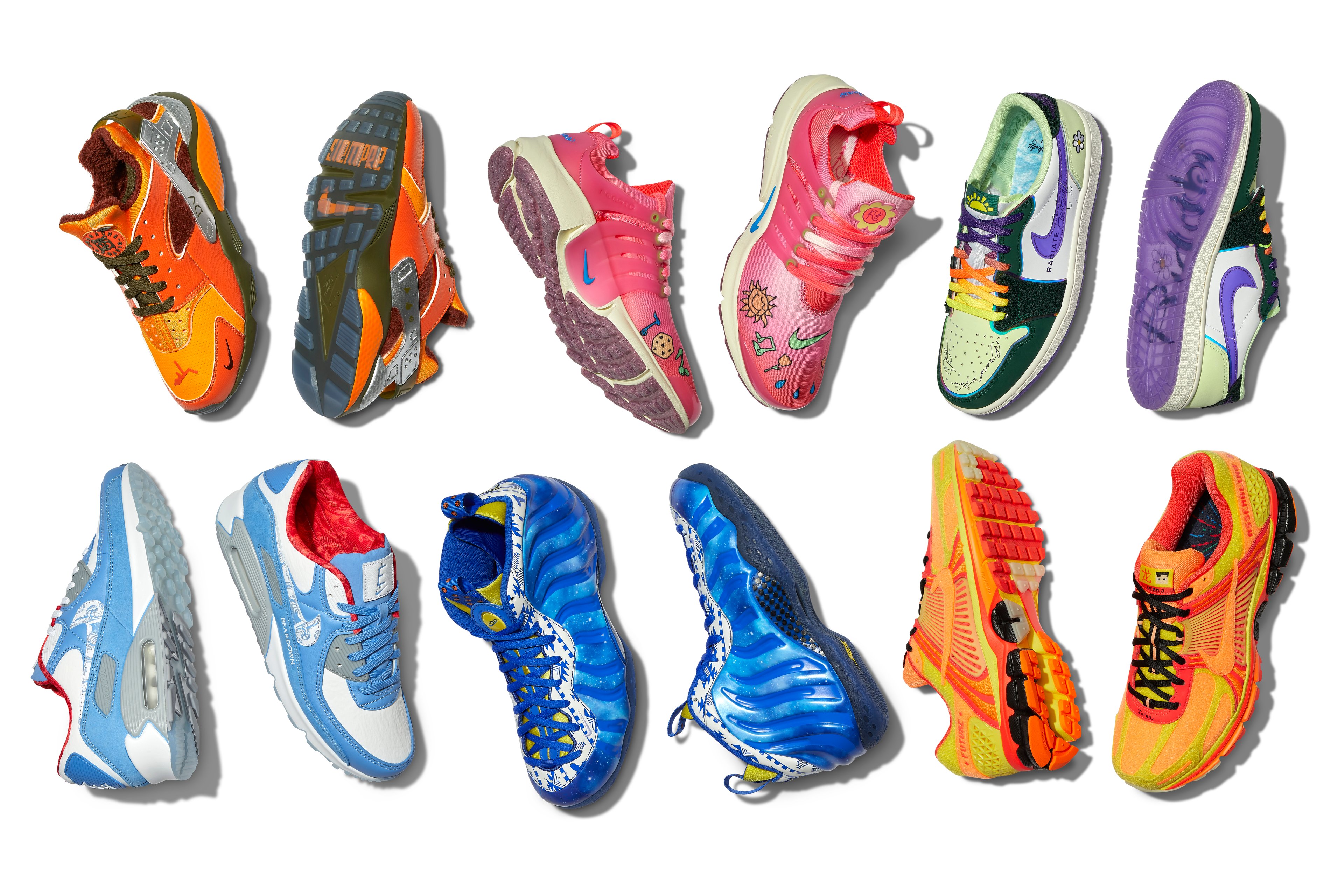"Golf is the closest game to the game we call life. You get bad breaks from good shots; you get good breaks from bad shots -- but you have to play the ball where it lies."
-- Bobby Jones
In its last fiscal year, Nike (NKE +0.79%) increased its overall revenue by 9%. Standout categories were soccer and basketball, which both put up double-digit growth for the year. Everything grew by between 4% and 8% for the year, with one exception -- golf. Nike's golf division ended the year flat with its fiscal 2013 result. It's not the only company that's seen a pullback from golfing interest either.

Golf marketing has been anything but covert.
Golf Galaxy, brought to you by Dick's Sporting Goods (DKS 0.91%), has also been hit over the past year. Sales have been down, leading Dick's to close down some locations and to cut back on golf's sales-floor space in its own-brand locations. In an earnings call earlier this year, Dick's CEO said the company "really [doesn't] know where the bottom is in golf."
Americans shift their priorities
According to a study by the National Golf Foundation, the game lost 400,000 net players in 2013 -- 3.7 million started playing, but 4.1 million stopped. That's the continuation of more than a decade of decline, with players peaking in 2001, when there were 29.8 million in the game. Now, there are 24.1 million.
Some have blamed the decline on a decrease in free time, as Americans take on more hours at work. Others have suggested that it's simply part of an overall decline in outdoor activity. Either way, businesses are watching golf sales drop, and the key to recovery is still a mystery.
Apart from Nike and Dick's, huge golf businesses such as Adidas (ADDYY 2.01%) are also suffering. The company's TaylorMade line of clubs plummeted in the first quarter this year. Revenue suffered a double-digit decline, with innovations in golf products failing to bring sales back up.
Hit it further, straighter, blah, blah, blah
In its analysis of the golf problem, Dick's said there's a communication disconnect between golfers and manufacturers. New designs and technology are coming into the marketplace, but players either don't understand the changes, or the new lines aren't addressing player concerns and needs. That means that established players aren't upgrading, and new players are buying sale items with older technology.
It's no surprise that the lines of communication have been garbled. Years of monotone advertising in the golf world have had a boy-who-cried-wolf effect -- only the boy is crying, "Longer drives." Golf advertising has rested on that single phrase for years, and apparently players have begun to tune it out.
Depending on the root cause of the decline, manufacturers and retailers may not have many options. If Americans really are giving up on golf as they work more, then this is going to be a very hard hill to retake. If golfers feel distanced from golf products, then it might be an easier recovery.
What golf can do to recover
First, the industry needs to find the bottom of its current fall. That may not come until employment and wages level out, though. Once it does hit bottom, it can start to rebuild. Changing the tune is going to be key to a recovery.
That might mean getting more people talking about the fun of playing golf, instead of the technical skill involved in playing. For years, Dick's has been running television spots that highlight the emotional joys and good memories associated with football and baseball. Adding golf to the lineup might go a long way toward reaching new players, and getting old players back in the game they love.








